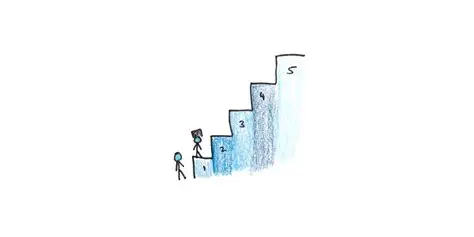What Are the Key Stages or Process of Innovation?

Innovation is the engine of business growth. It transforms ideas into marketable products and services, ensuring companies remain competitive in an evolving landscape. But innovation is not random—it follows structured processes that guide organizations from identifying a problem to launching a solution. Understanding these stages provides a roadmap for consistent, repeatable innovation.
Stage 1: Idea Generation
The innovation process begins with generating ideas. These ideas can come from employees, customers, competitors, or emerging technologies. Techniques like brainstorming sessions, hackathons, and crowdsourcing platforms are common. The goal is quantity and diversity—capturing as many potential innovations as possible.
Stage 2: Idea Screening
Not all ideas are feasible or aligned with business goals. Screening involves filtering out impractical suggestions and focusing on those with potential. Criteria often include market size, feasibility, cost, alignment with strategy, and competitive advantage.
Stage 3: Concept Development and Testing
Promising ideas are developed into detailed concepts. This stage includes creating mock-ups, prototypes, or storyboards to illustrate the idea. Testing with customers helps determine whether the concept solves a real problem and resonates with target audiences.
Stage 4: Business Analysis
Once validated, ideas undergo rigorous analysis. This involves forecasting costs, revenues, and profitability. The business case must demonstrate that the innovation will deliver value to both the company and customers.
Stage 5: Product Development
Approved concepts move into development. Engineers, designers, and product managers collaborate to turn concepts into tangible products. Agile development practices often dominate here, with iterative prototyping and testing.
Stage 6: Market Testing
Before full launch, products are tested in select markets or segments. This helps refine pricing, positioning, and messaging. It also identifies unforeseen issues before scaling to larger markets.
Stage 7: Commercialization
This stage marks the official launch. Marketing campaigns, distribution strategies, and customer support systems are activated. The focus shifts from building the product to ensuring adoption and growth.
Stage 8: Post-Launch Evaluation
Innovation doesn’t end at launch. Post-launch reviews assess performance against expectations. Customer feedback informs future iterations, ensuring the innovation continues to evolve.
Key Success Factors
-
Leadership Support: Innovation thrives when leaders allocate resources and encourage experimentation.
-
Cross-Functional Collaboration: Diverse teams bring different perspectives, increasing creativity and problem-solving.
-
Customer-Centricity: Innovation succeeds when it solves real customer problems.
-
Risk Management: Balancing boldness with caution ensures sustainable innovation.
Conclusion
Innovation follows a structured journey from idea to impact. Organizations that master these stages build an innovation culture that drives long-term success.
- Arts
- Business
- Computers
- Games
- Health
- Home
- Kids and Teens
- Money
- News
- Recreation
- Reference
- Regional
- Science
- Shopping
- Society
- Sports
- Бизнес
- Деньги
- Дом
- Досуг
- Здоровье
- Игры
- Искусство
- Источники информации
- Компьютеры
- Наука
- Новости и СМИ
- Общество
- Покупки
- Спорт
- Страны и регионы
- World


